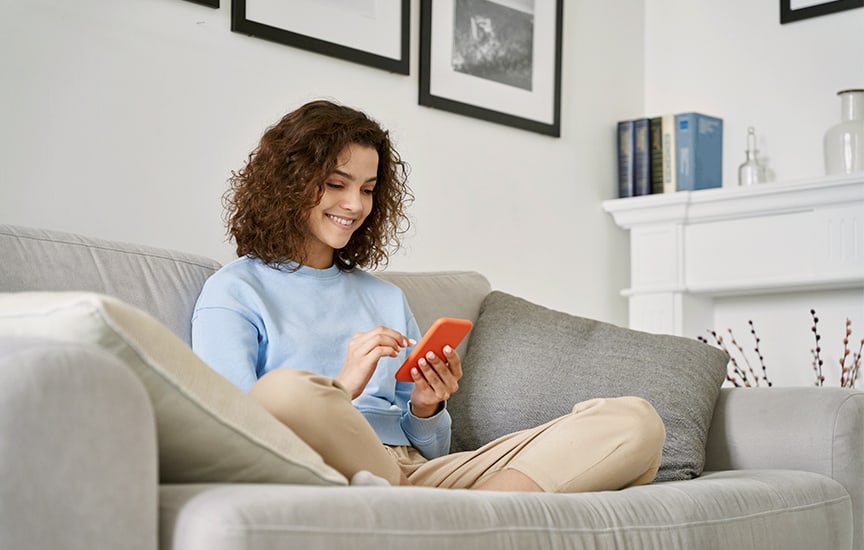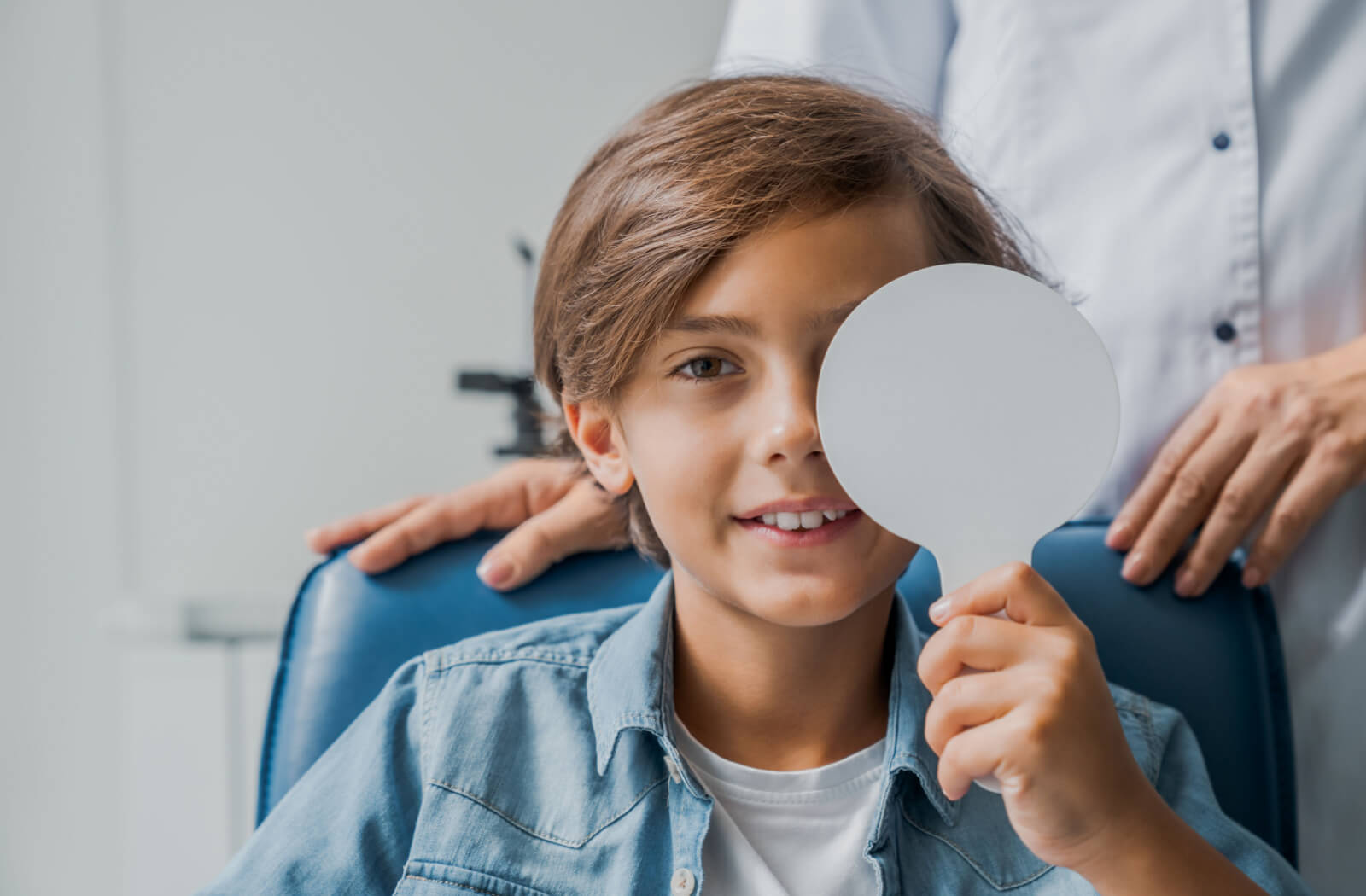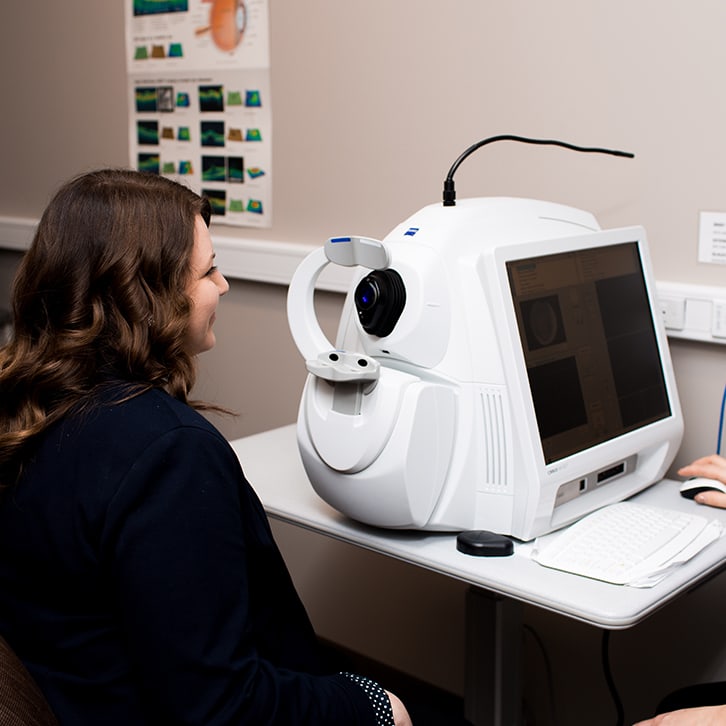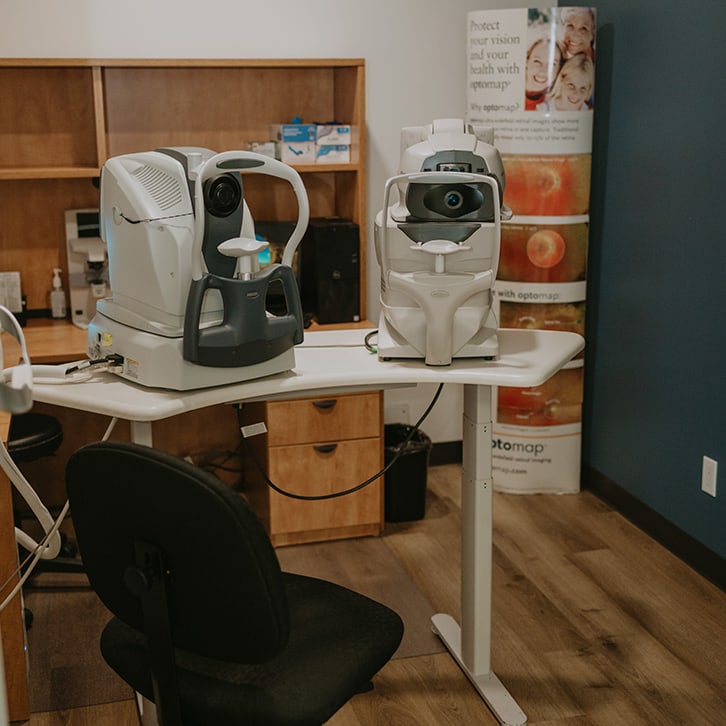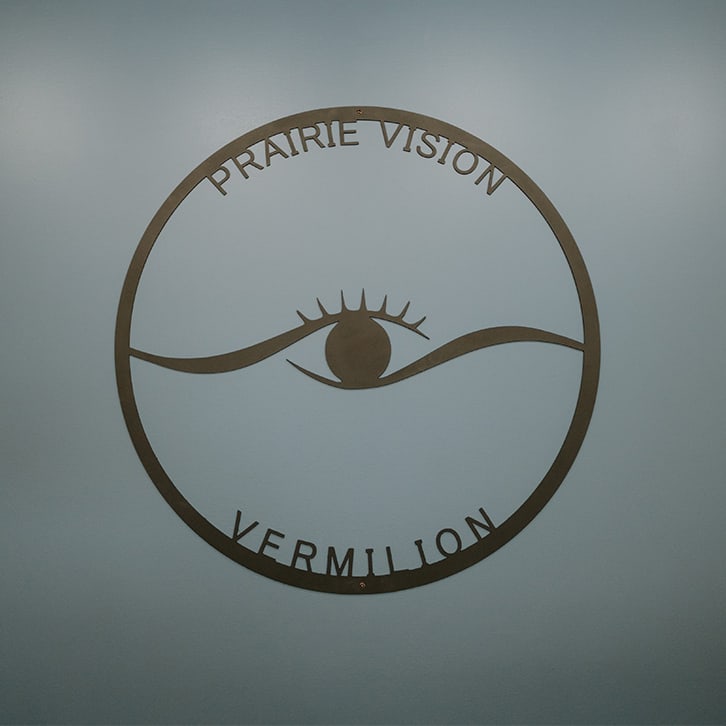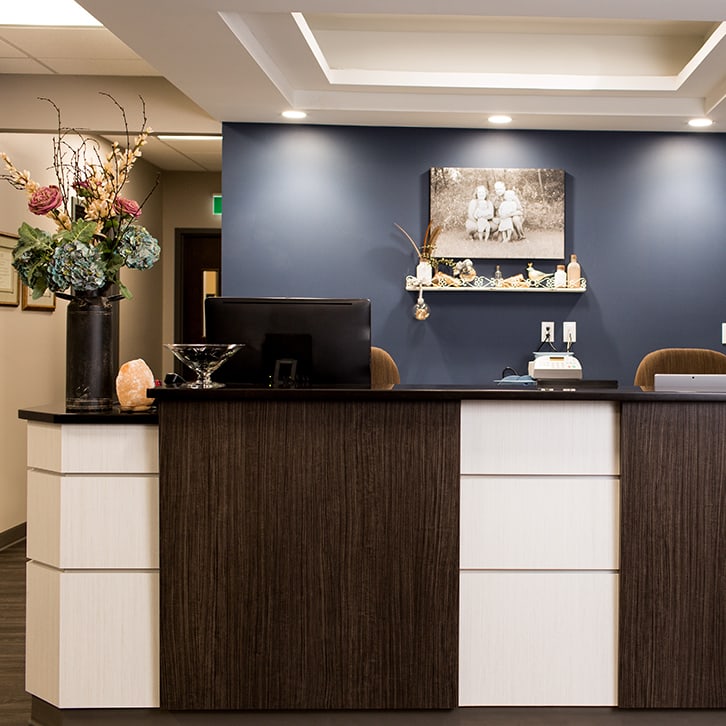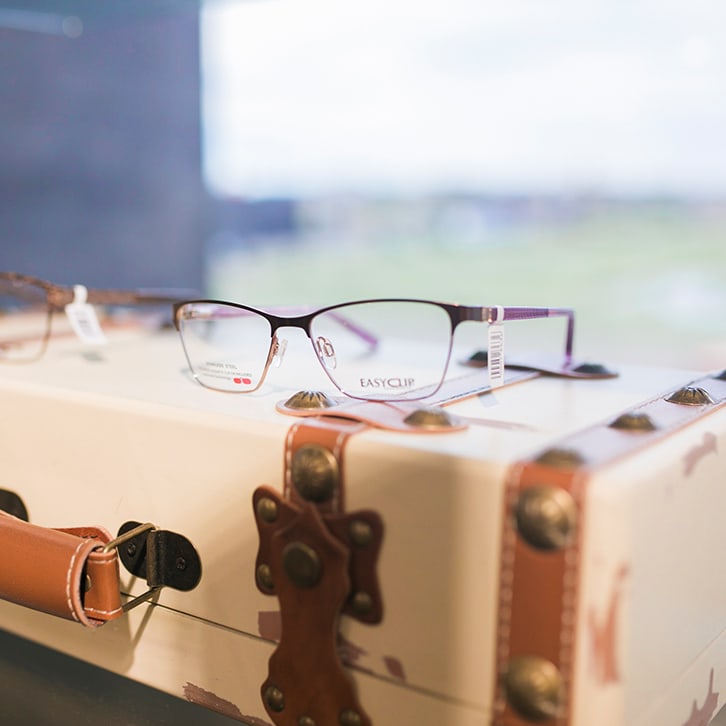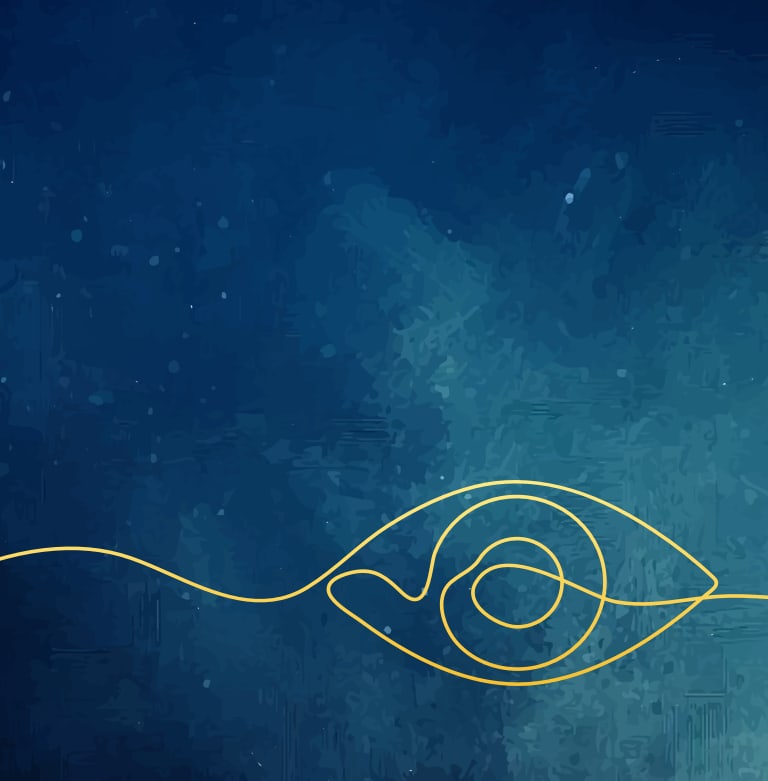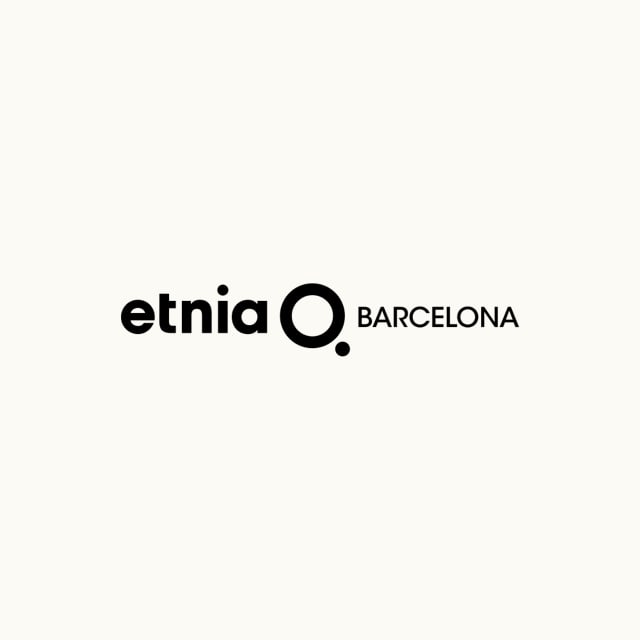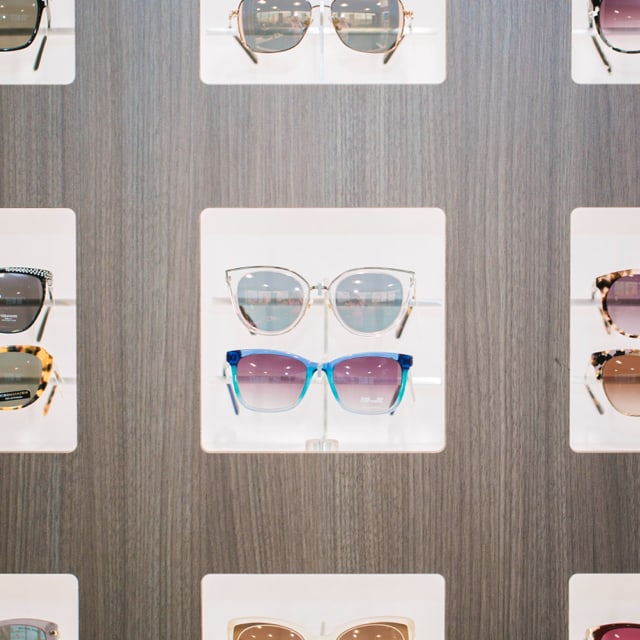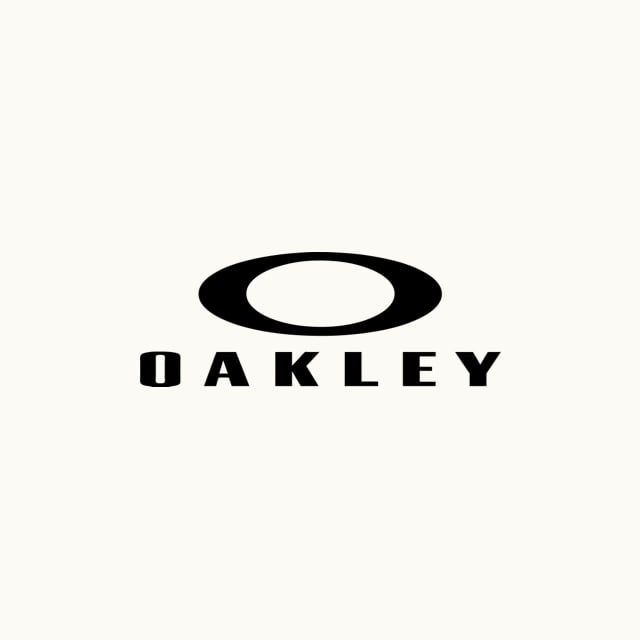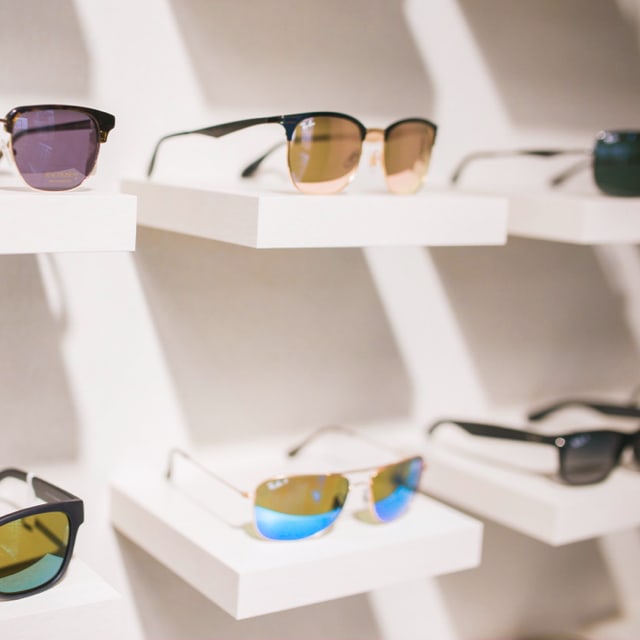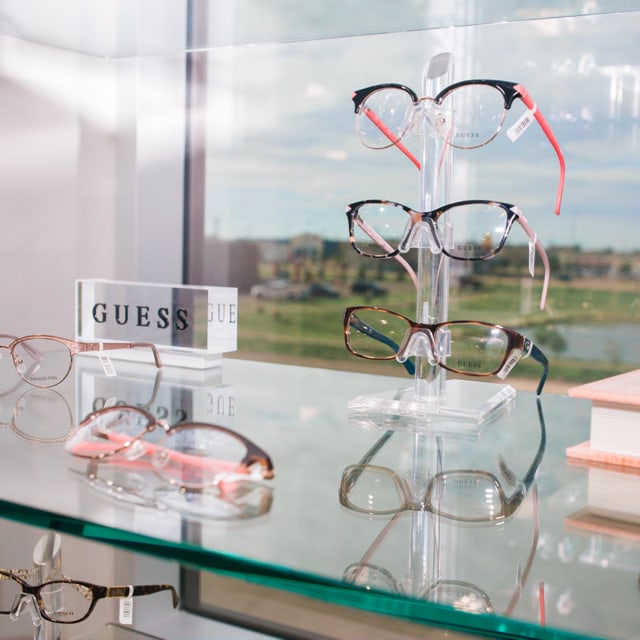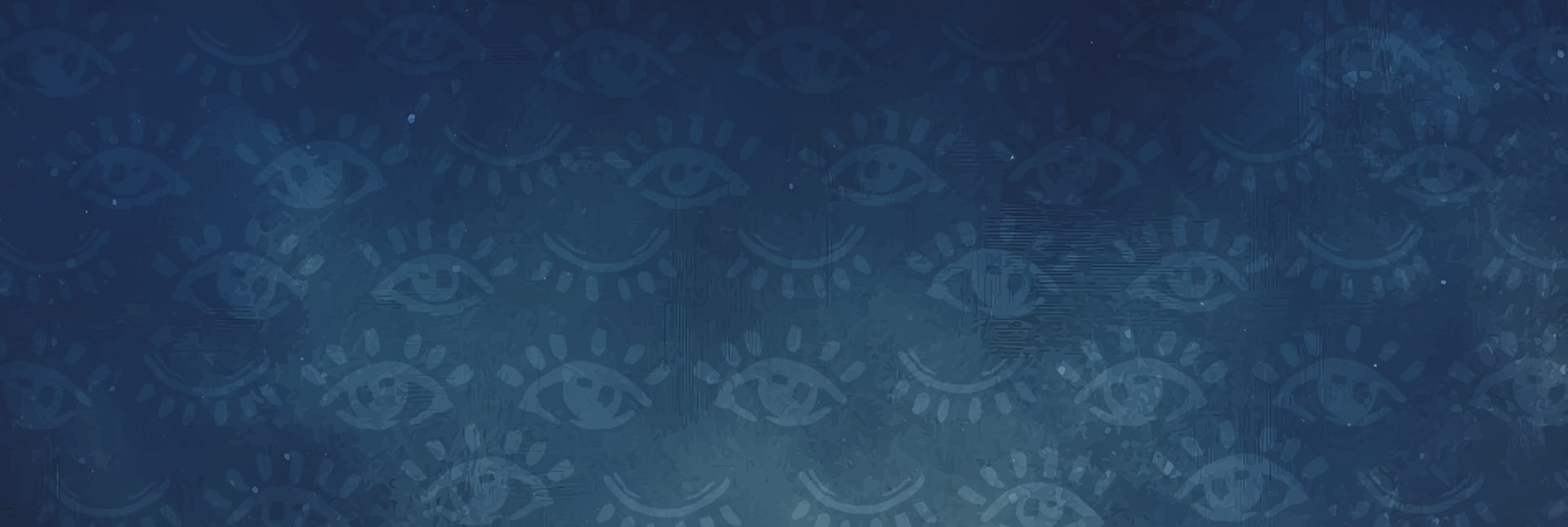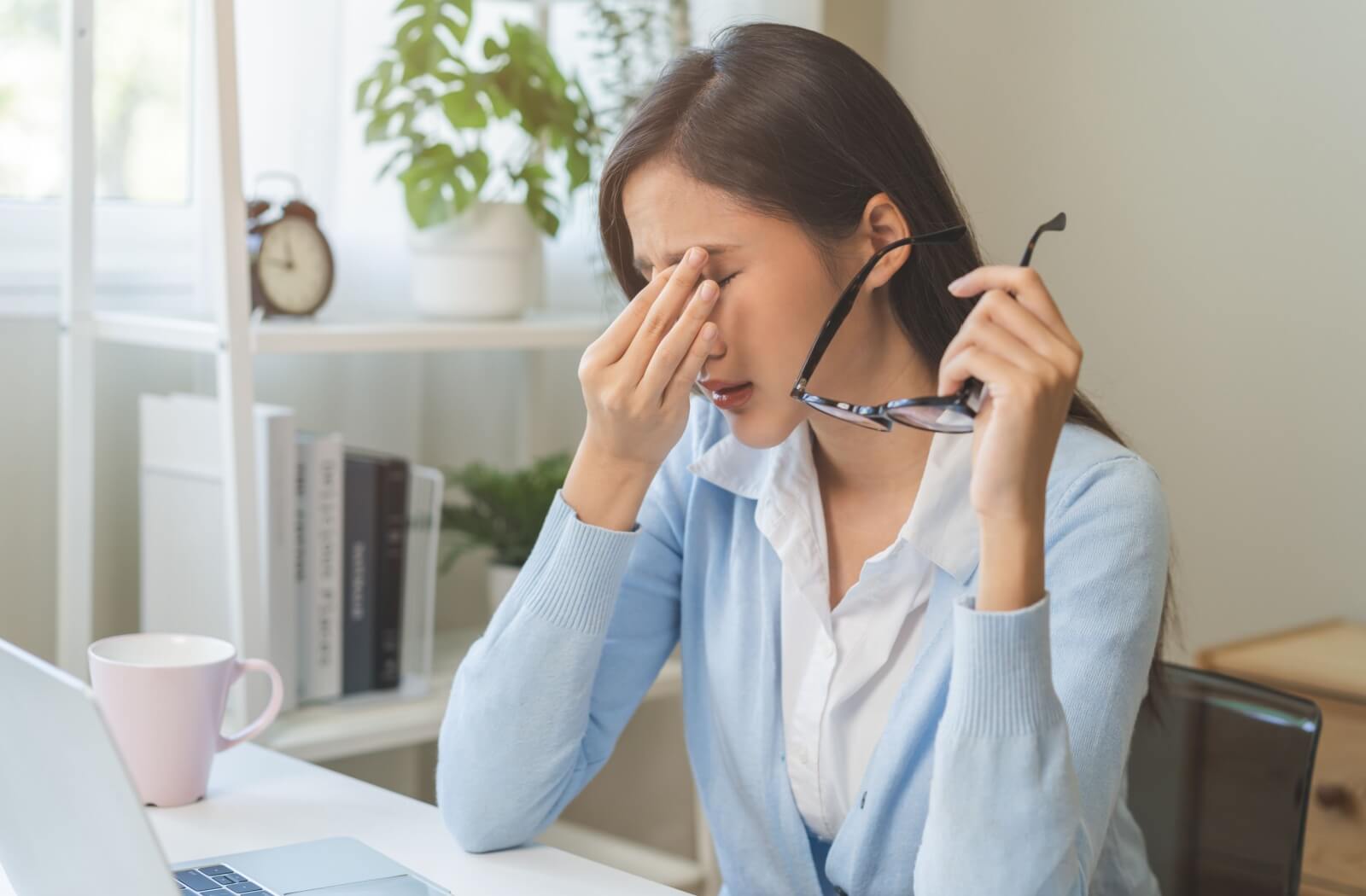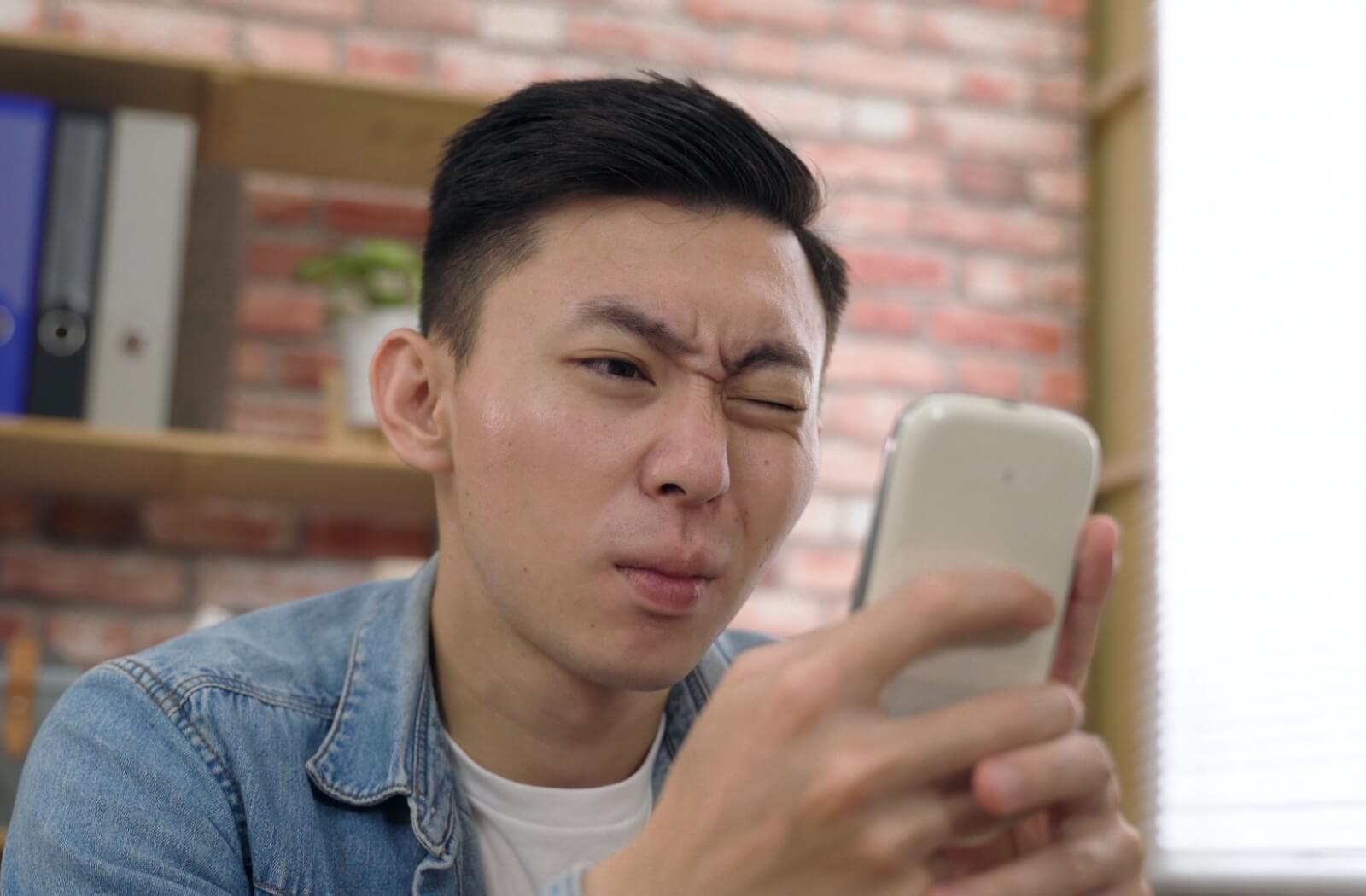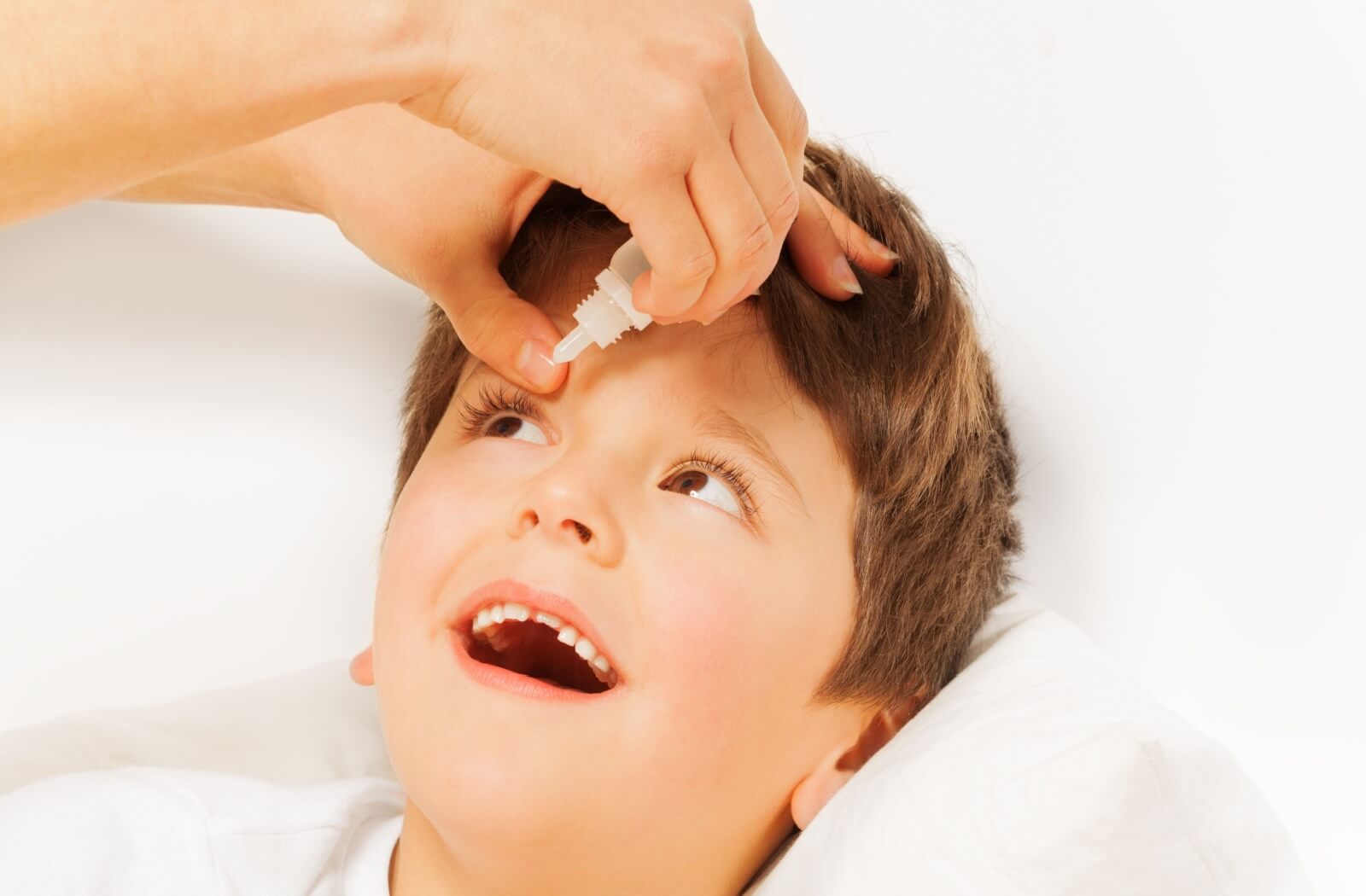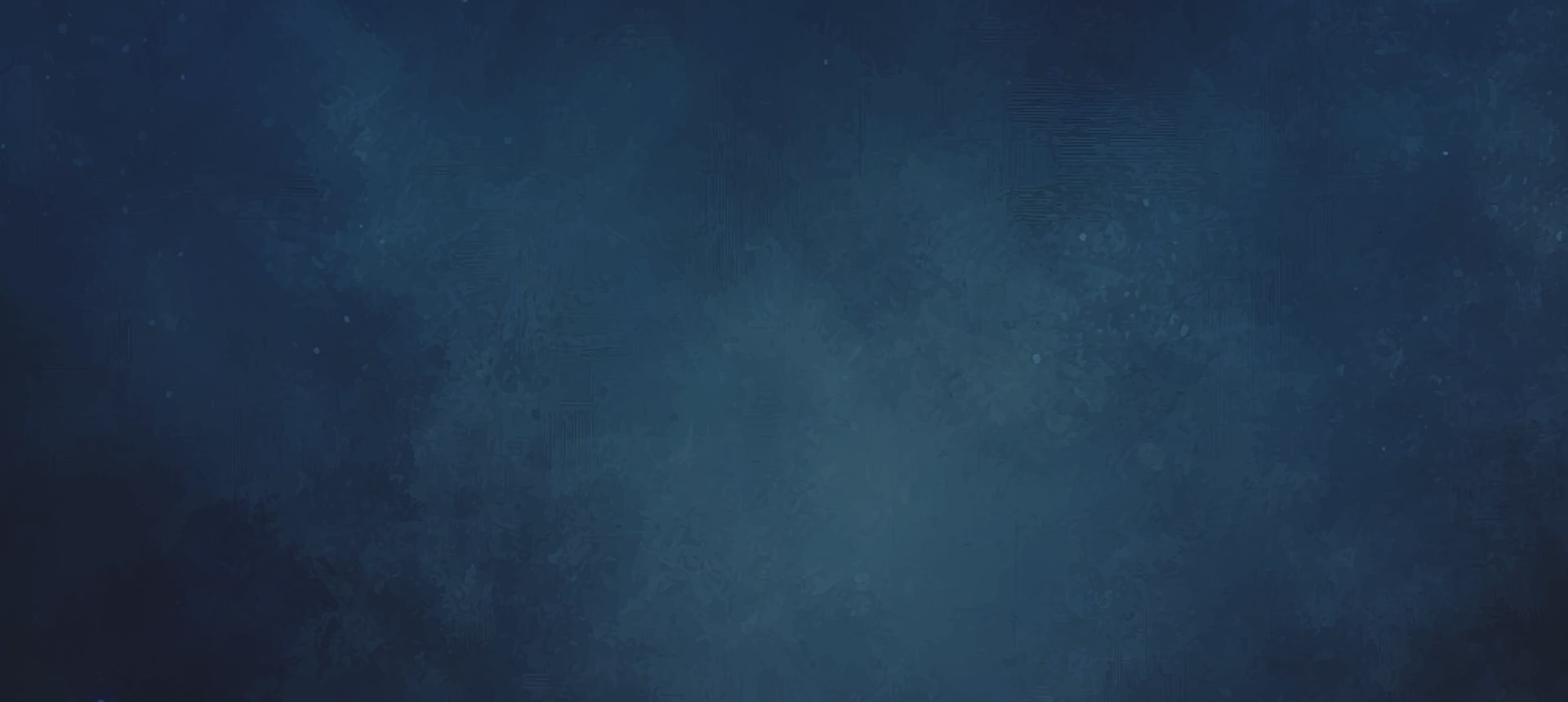As your child grows and develops, their eyes are constantly changing. This can make it difficult for them, or you, to realize they’re having a problem with their vision. With so many things in their early years depending on their vision, it’s vital that they attend regular eye exams to make sure their eyes are as healthy as possible.
Through a series of different tests and questions, an optometrist can determine how healthy your child’s vision is, and can take active steps to correct potential problems that may be developing.
At Prairie Vision, we understand the importance of creating a safe and comfortable environment for our young patients. Understanding the exam process and what to expect can help you and your little one prepare and make the most out of their appointment.
What to Expect Before the Eye Exam
Before the actual eye exam itself, the optometrist may ask you and your child some questions to determine what the exam will entail. These questions help the optometrist plan exactly what they will be testing to make sure the exam is efficient and helpful.
Some questions you may be asked include:
- Has your child recently noticed difficulty seeing things clearly?
- Is there any eye irritation?
- Have they been squinting or rubbing their eyes often?
- Is there a family history of eye diseases or conditions?
- Does your child have any medical issues or allergies the doctor should know about?
These are just some of the questions the optometrist may ask you and your child, but they’re all helpful in determining what’s next. It helps to bring a list of any medications your child may be on so the optometrist can see if they could interfere with their vision or any potential treatments.
What to Expect During the Eye Exam
The optometrist may perform one of the following tests to determine whether your child requires vision correction.
Refraction Test
You may have seen this test on TV or even had it performed on yourself. The optometrist will set up a machine in front of your child’s eyes and flip through a series of lenses, asking your child which lenses are clearer for them. This test allows the doctor to determine what prescription your child may need.
Acuity Test
This test is a simpler one—your child will sit and look at a chart on the wall. On this chart, there are letters that steadily get smaller the lower they are on the page. This allows the optometrist to determine how well your child’s vision performs at a distance. They’ll likely test both eyes together before testing each eye separately.
Alignment Test
The optometrist performing this test will move an object back and forth (like a pen) in front of your child’s eyes to determine how well the eyes work in unison. They’ll then cover one eye and perform the same action while checking for small movements.
Sometimes, instead of moving an object back and forth, they’ll have your child fixate on something in the room and cover one eye, before uncovering and shifting to the other eye. They’ll continue monitoring small movements to determine whether your child’s eyes are aligned or not.
Colour Blindness Test
You may have seen a version of this test online at some point. Imagine a circle full of smaller coloured dots. Somewhere in this circle, there’ll be a pattern of differently-coloured dots, often in the shape of a number or letter.
Say this test is full of red dots, and somewhere in the circle, there’s a large green number 6. If your eye has no issues seeing the colours red or green, you’ll clearly see a large green 6 surrounded by red dots. But if you have an issue seeing one of these 2 colours, your eye may not be able to determine what exactly it’s seeing.
By performing a test like this, an optometrist can see what colours your eye is able to detect.
It’s important to note that these are not all the tests that may be performed, but they’re among the most common. Feel free to ask questions during the eye exam so that the optometrist can explain what they’re doing and help you and your child feel as comfortable as possible!
What to Expect After the Eye Exam
After the exam is completed, the doctor will answer any questions you or your child may have regarding their vision. If you or your child is worried about their vision, speak with the optometrist so they can help you with their expertise. And if they believe your child needs glasses, they’ll direct you to the appropriate area to take a look at some of the frames available!
The optometrist’s office may also contact you within 1-2 weeks regarding any follow-up questions either of you may have.
How Often Should Your Child Visit the Eye Doctor?
Protecting your child’s eye health and vision starts with regular eye exams. For eye exam frequency, we recommend the following:
- First eye exam: between 6–9 months of age
- Second eye exam: between 2–5 years old
- Yearly eye exams: from 5–19 year years old
Your child relies on their vision to learn, grow, and develop, and routine eye exams can help ensure they succeed in and outside the classroom. Alberta Health covers children’s eye exams up until their 19th birthday.
Kid-Friendly Care
Taking your child to regular eye exams is the best way to make sure you’re on top of any potential vision problems that may be developing. At Prairie Vision, our empathetic and enthusiastic team takes care to help kids feel comfortable and enjoy their eye care experience. Book an appointment with Prairie Vision today to speak with a compassionate and knowledgeable professional today!
